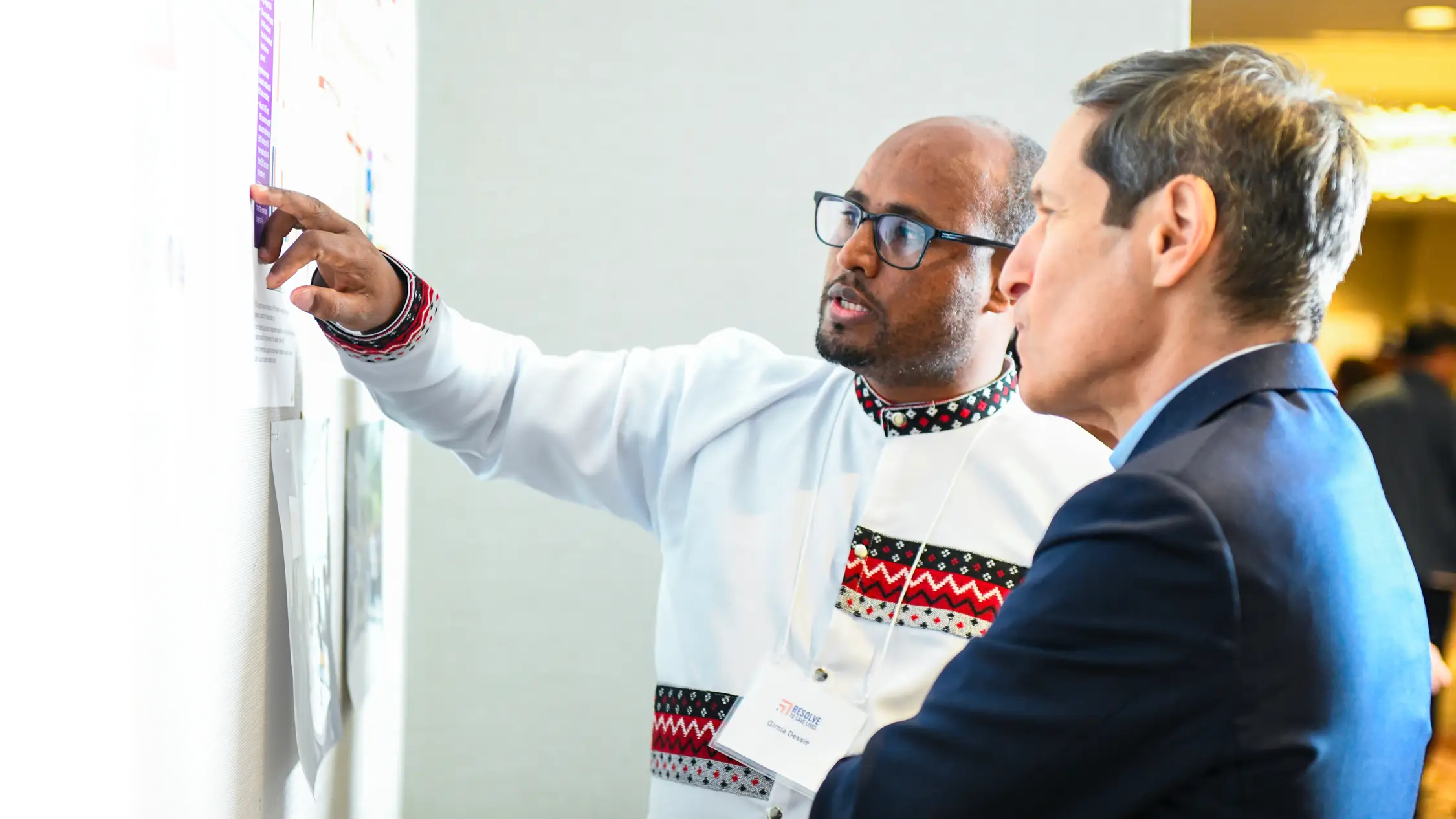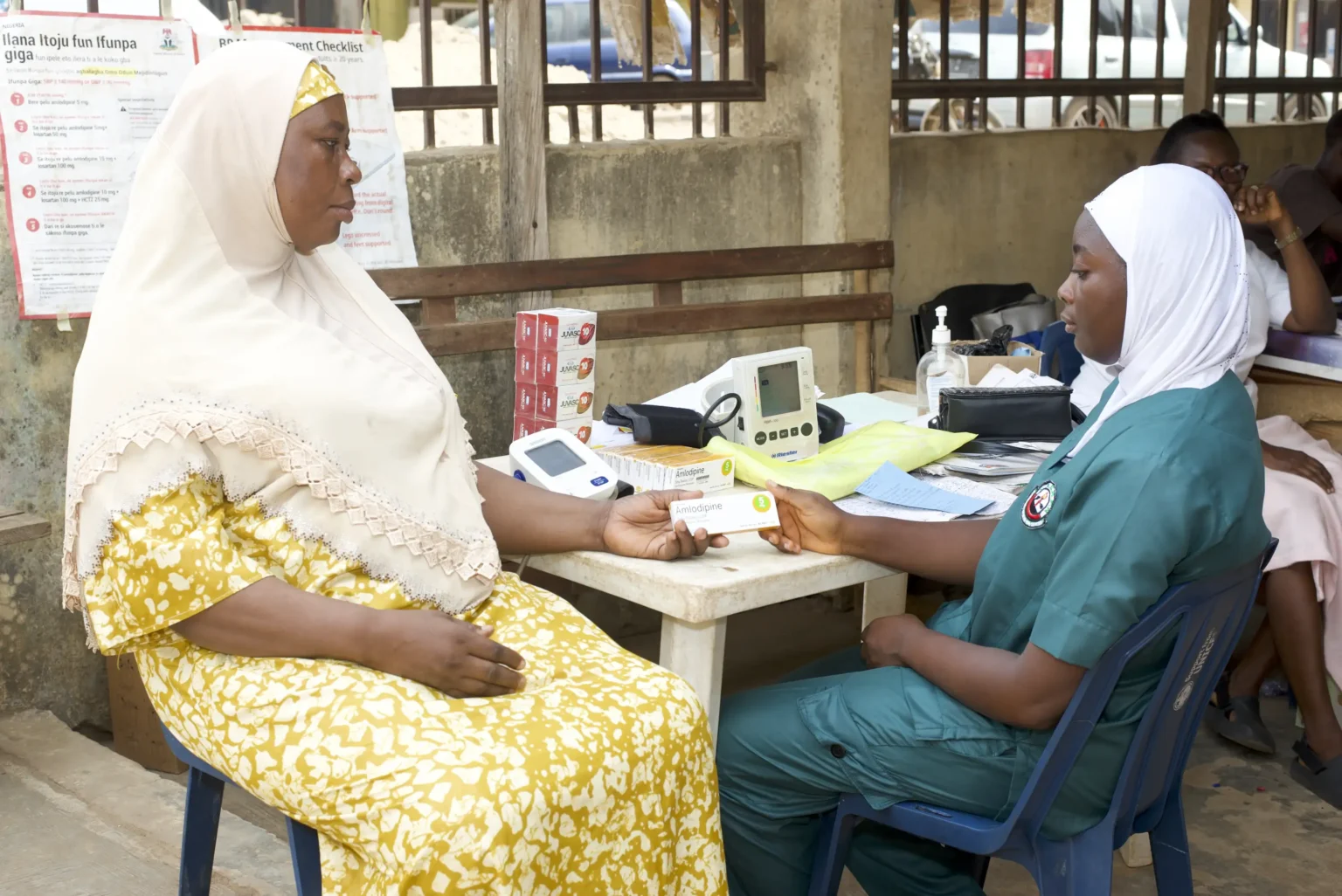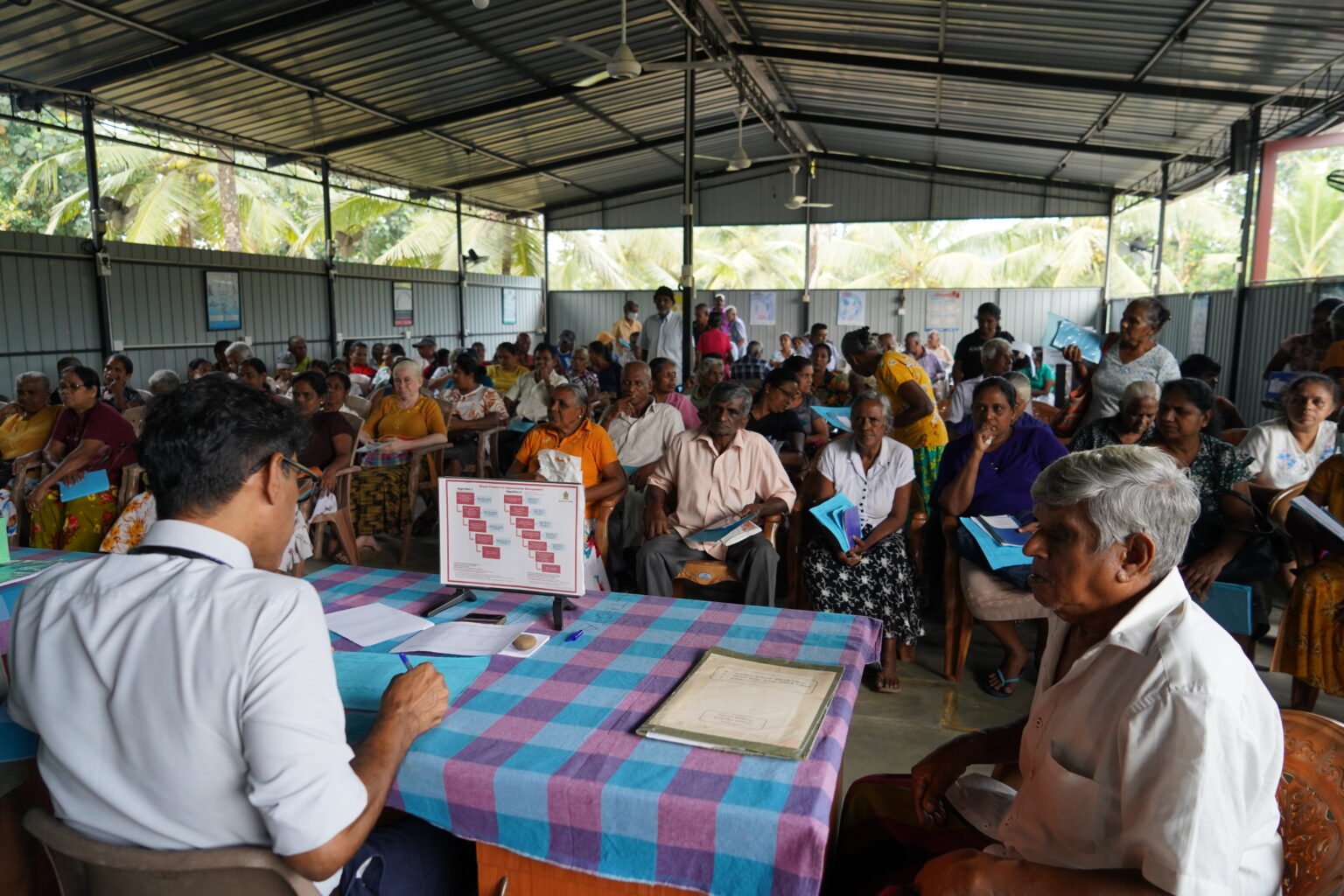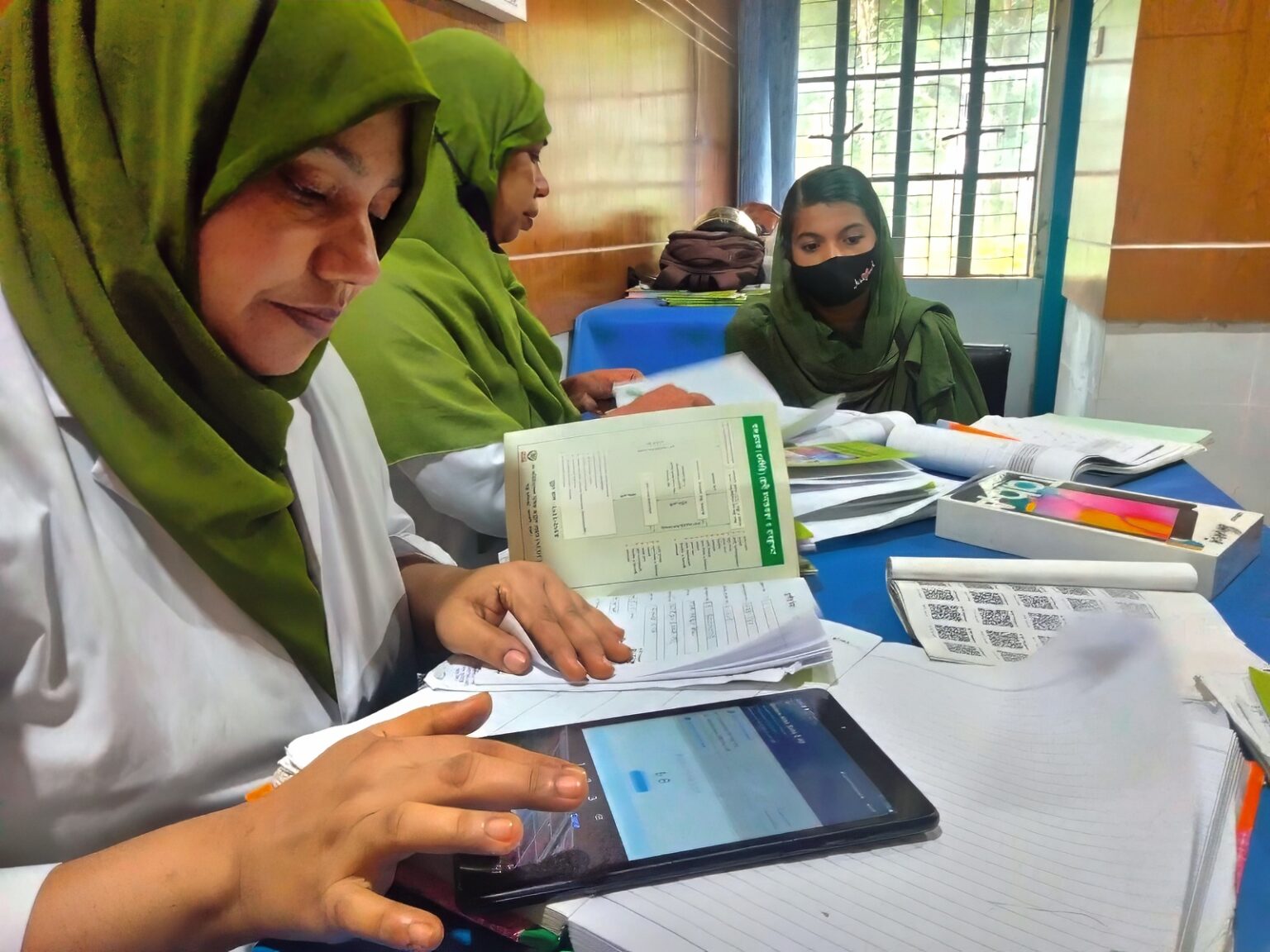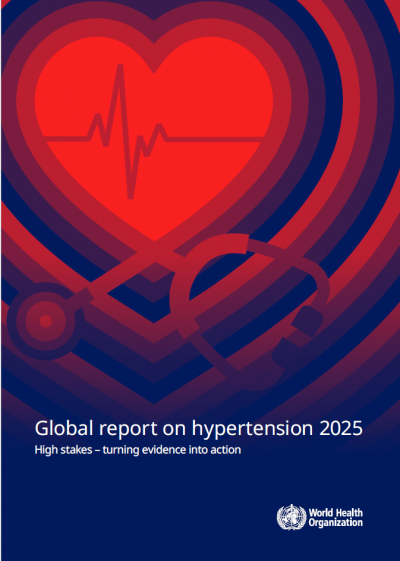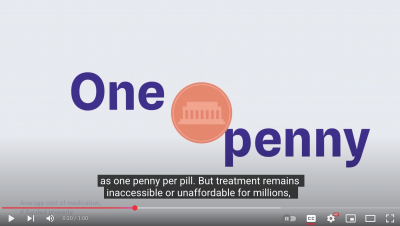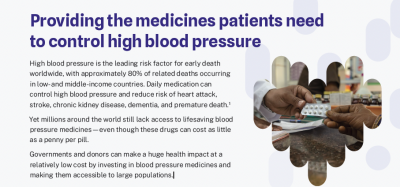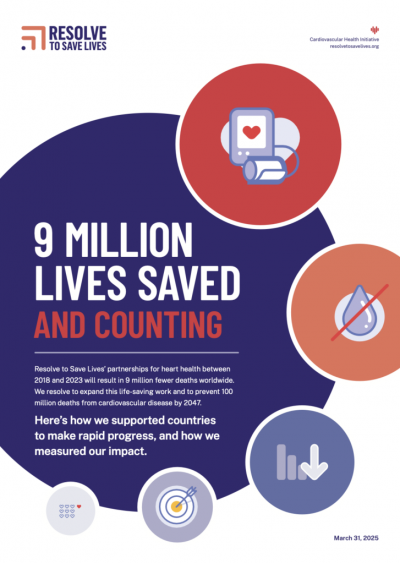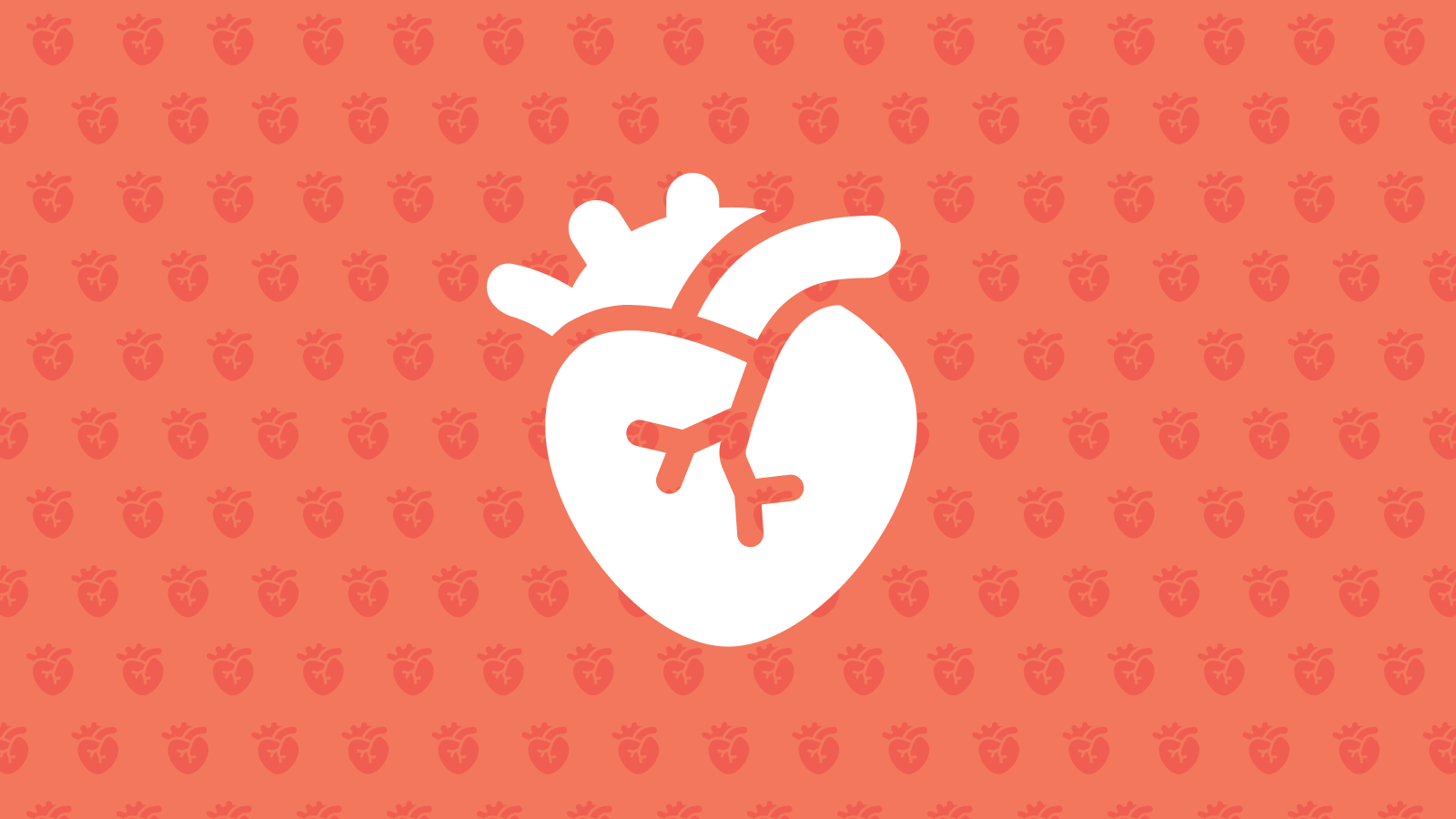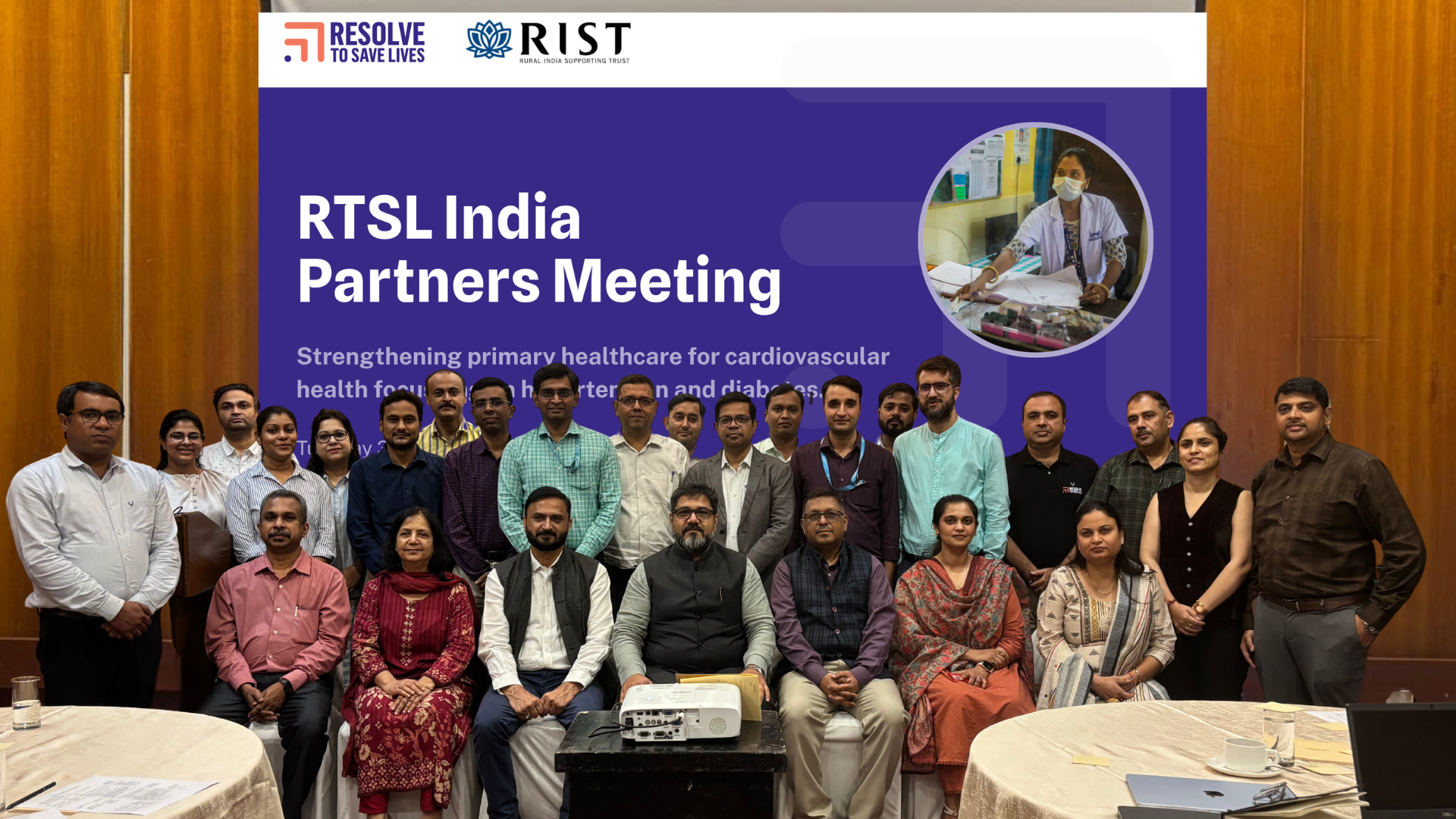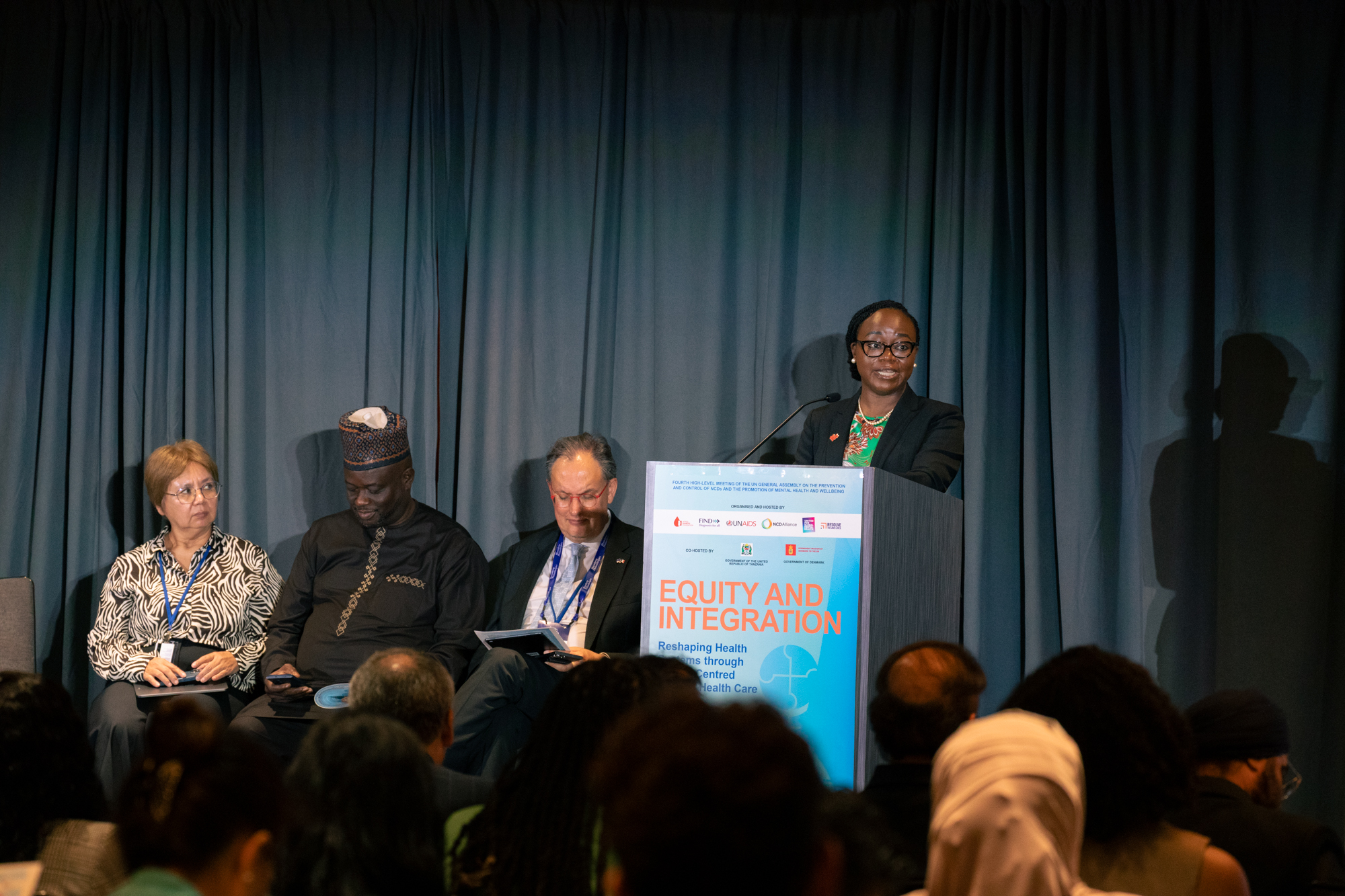How we save lives / Blood pressure control
Blood pressure control
Every year, more than 10 million people die from hypertension – but we can change that.

Strategies for blood pressure control
Why blood pressure control?
High blood pressure, also known as hypertension, is one of the most common, deadly and undertreated health issues globally.
die every year
-
That’s 20 people dying from hypertension every minute, every day.
The treatment works. It’s safe, effective and affordable. The challenge we’re here to solve? Expanding access to life-saving treatment that works, worldwide.
Our partners are getting blood pressure under control
40
countries with large-scale hypertension control programs kickstarted by Resolve to Save Lives
221,570
facilities equipped to provide high-quality hypertension care
34,000,000+
patients enrolled in effective, data-driven programs
581,995
health care workers trained
11,100,000
patients with their blood pressure under control, reducing their risk of a sudden heart attack or stroke
How we’re controlling blood pressure
Our approach to tackling hypertension is about making the best treatment accessible to as many people as possible and rigorously tracking their outcomes. Together with our work to improve nutrition, controlling blood pressure can save 100 million lives by 2050.
Here are the five ways our partners are doing it:
Simple, standard treatment protocols
Standardizing hypertension treatment—with specific medications, dosages and action steps—streamlines care and improves adherence.
Reliable access to essential medicines and technology
Life-saving blood pressure medicines must be available when and where patients need them, at prices they can afford.
The right digital platforms
We power public health programs with simple, digital platforms that can manage millions of health records—and provide actionable data to save millions of lives.
Patient-centered care
When treatment is accessible, affordable, and easy to stick to, more people stay on track.
Team-based care
Trained non-physician health workers can support more patients to get the care they need, helping clinics run more smoothly.
Increasing blood pressure control from 14 to 50% globally will save millions of lives.
Increasing blood pressure control from 21 to 50% globally will save millions of lives.
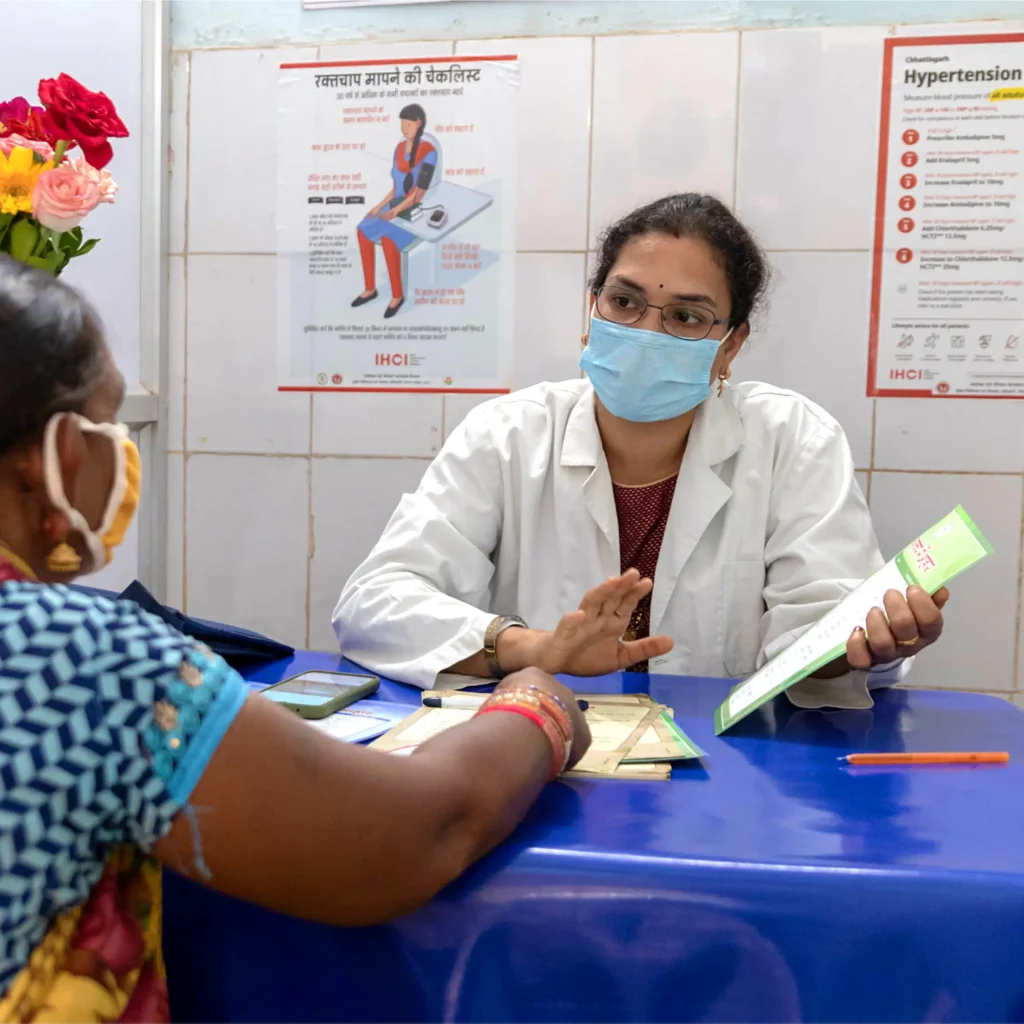
Simple, standard treatment protocols
Standardizing hypertension treatment—with specific medications, dosages and action steps—streamlines care and improves adherence.
Reliable access to essential medicines and technology
Life-saving blood pressure medicines must be available when and where patients need them, at prices they can afford.
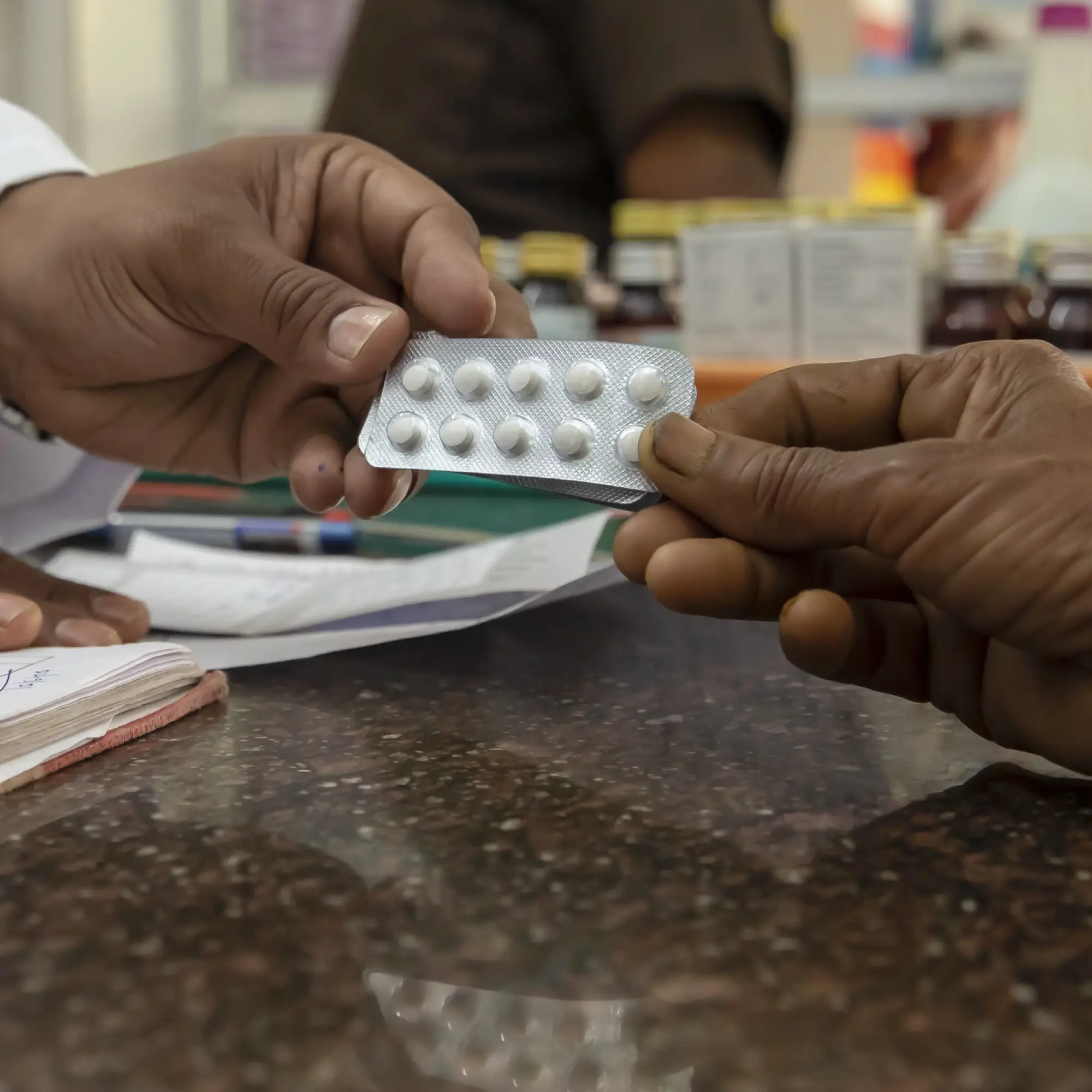
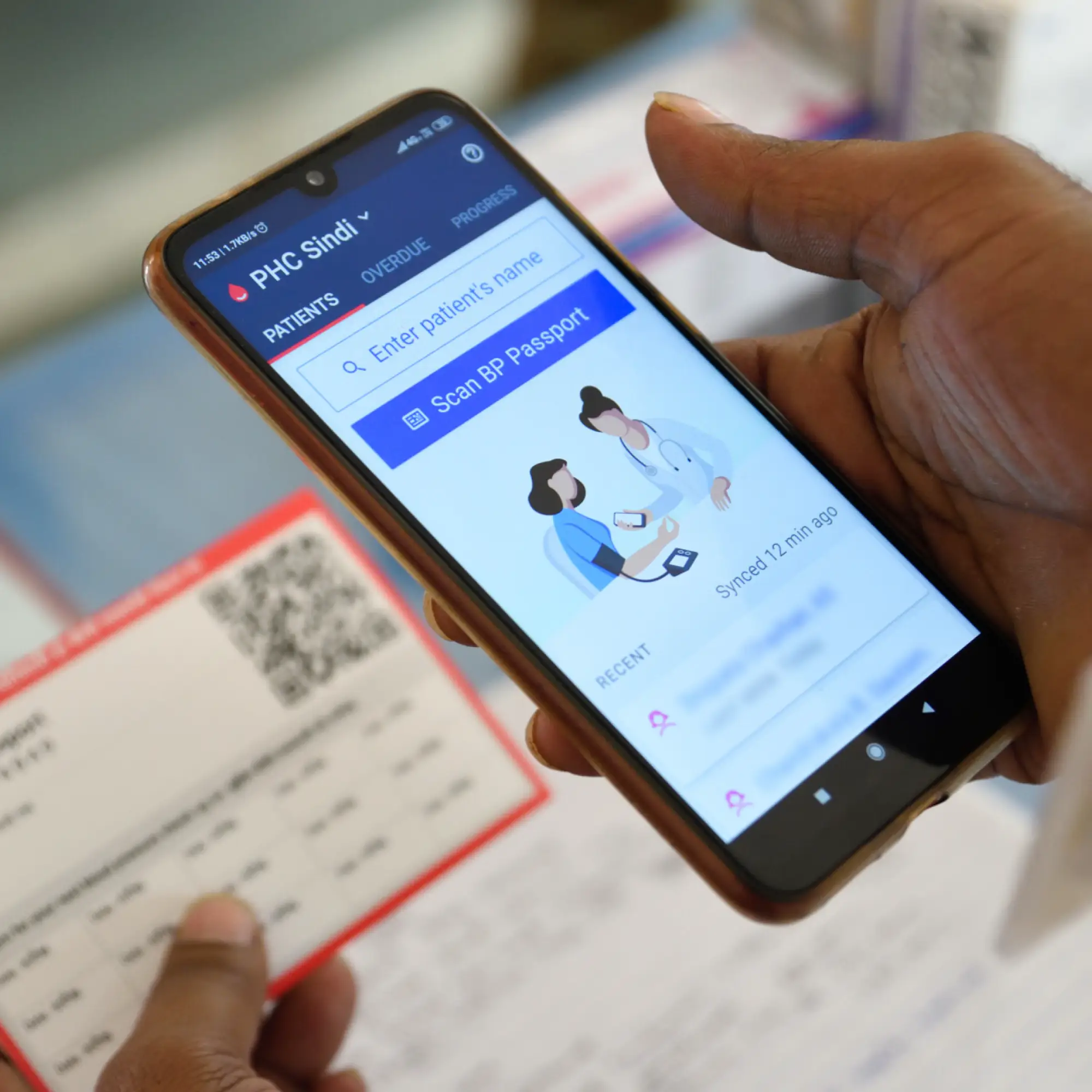
The right digital platforms
We power public health programs with simple, digital platforms that can manage millions of health records—and provide actionable data to save millions of lives.
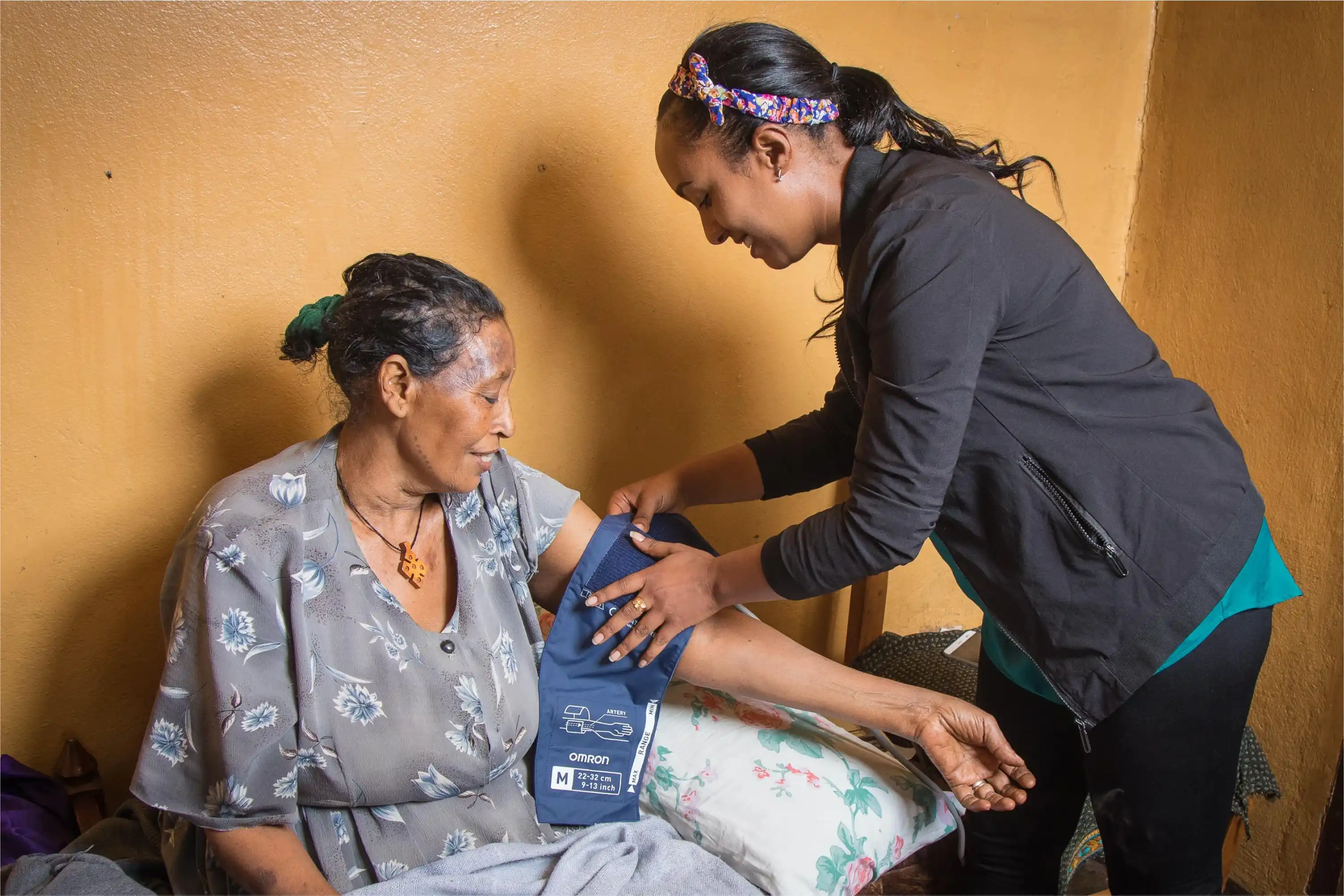
Patient-centered care
When treatment is accessible, affordable, and easy to stick to, more people stay on track.
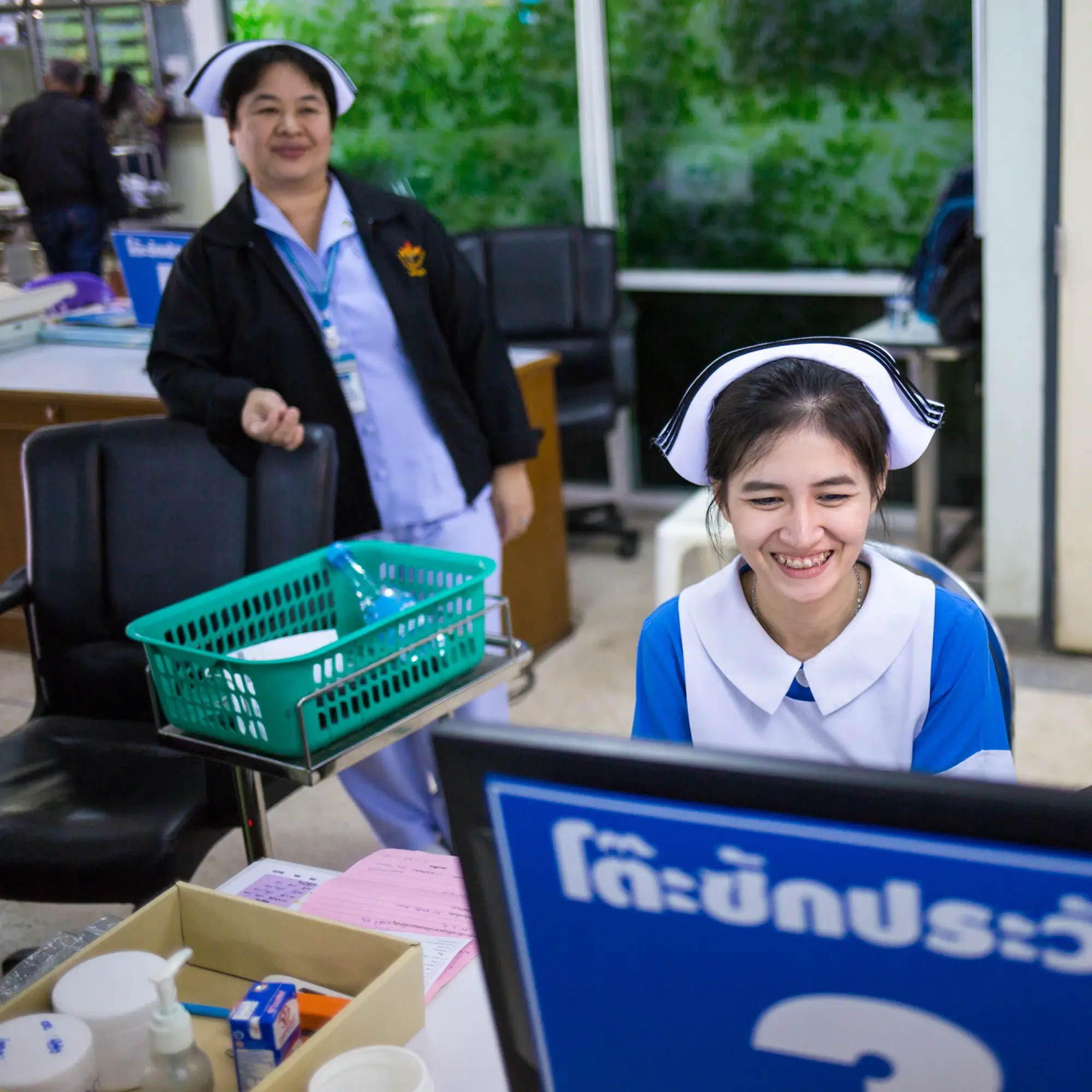
Team-based care
Trained non-physician health workers can support more patients to get the care they need, helping clinics run more smoothly.
(Duotone version)
Explore
Our call to action
Sign our global call for committed, urgent, and coordinated action by governments, funders, and the private sector to control high blood pressure.
6-Step guide to scale up
Is your country, district or program ready to take control of high blood pressure?
Putting life-saving blood pressure control medication within reach
Our report on strategies to improve access to medicines to treat high blood pressure in low- and middle-income countries
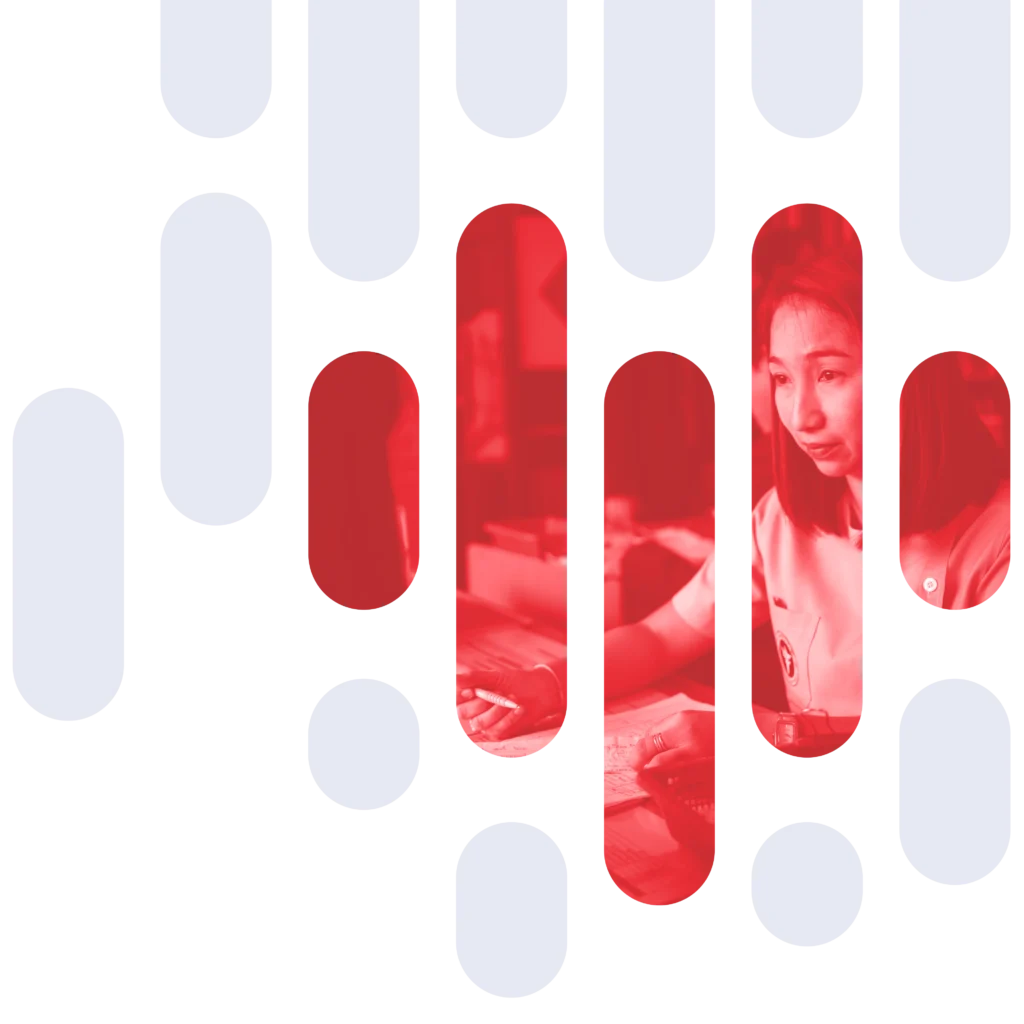
Partners
World Health Organisation (WHO)
Benchmarks for health emergencies
We partner with the World Health Organization to standardize best practices for preparedness, including developing a benchmarking tool to simplify and accelerate preparedness planning under International Health Regulations.
The cost of health care worker infections
In our advocacy efforts to protect health care workers, we released a joint report with the World Bank to calculate the true cost of health care worker infections during the COVID-19 pandemic, as well as wider socioeconomic implications.
How we work
We support countries to implement the HEARTS technical package—a strategic approach to improving heart health we co-created with WHO—through technical assistance, capacity building, and catalytic funding. We advocate for policies that make better blood pressure control possible and build the evidence base about what works.
